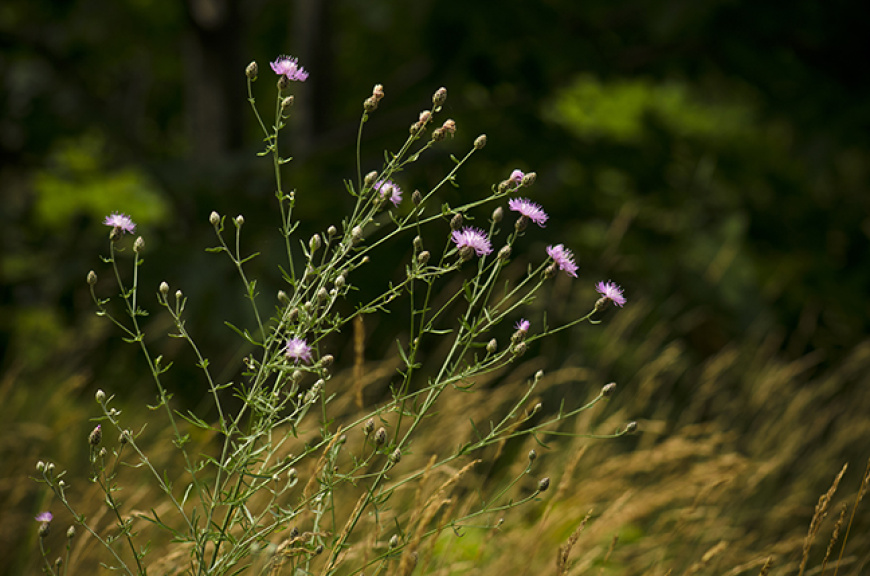
 back to all news
back to all news
In memoriam: SEAS researcher Michael Fraker

Michael Fraker, 44, a member of the University of Michigan School for Environment and Sustainability (SEAS) community, passed away on Sunday, April 23, 2023. He was a well-respected scientist and dedicated researcher, administrator, advisor, colleague and friend. His expertise in ecological modeling contributed to improved insight and management of Great Lakes fisheries.
 Mike earned his PhD in ecology and environmental biology at U-M with advisor Earl Werner in 2007. He joined Michigan Sea Grant (MISG) in August 2021 as research program manager, where he led projects on critical Great Lakes issues, such as sustainable fisheries, healthy coastal ecosystems and climate change adaptation. Prior to joining MISG, Mike served as an assistant research scientist at the Cooperative Institute for Great Lakes Research, where he studied various issues in aquatic ecology, including harmful algal blooms, fisheries and ecosystem responses to multiple stressors. He also held postdoctoral research positions at the University of Michigan, Oklahoma State University and The Ohio State University.
Mike earned his PhD in ecology and environmental biology at U-M with advisor Earl Werner in 2007. He joined Michigan Sea Grant (MISG) in August 2021 as research program manager, where he led projects on critical Great Lakes issues, such as sustainable fisheries, healthy coastal ecosystems and climate change adaptation. Prior to joining MISG, Mike served as an assistant research scientist at the Cooperative Institute for Great Lakes Research, where he studied various issues in aquatic ecology, including harmful algal blooms, fisheries and ecosystem responses to multiple stressors. He also held postdoctoral research positions at the University of Michigan, Oklahoma State University and The Ohio State University.
Outside the office, Mike enjoyed running, visiting parks and watching movies. He will be incredibly missed.

